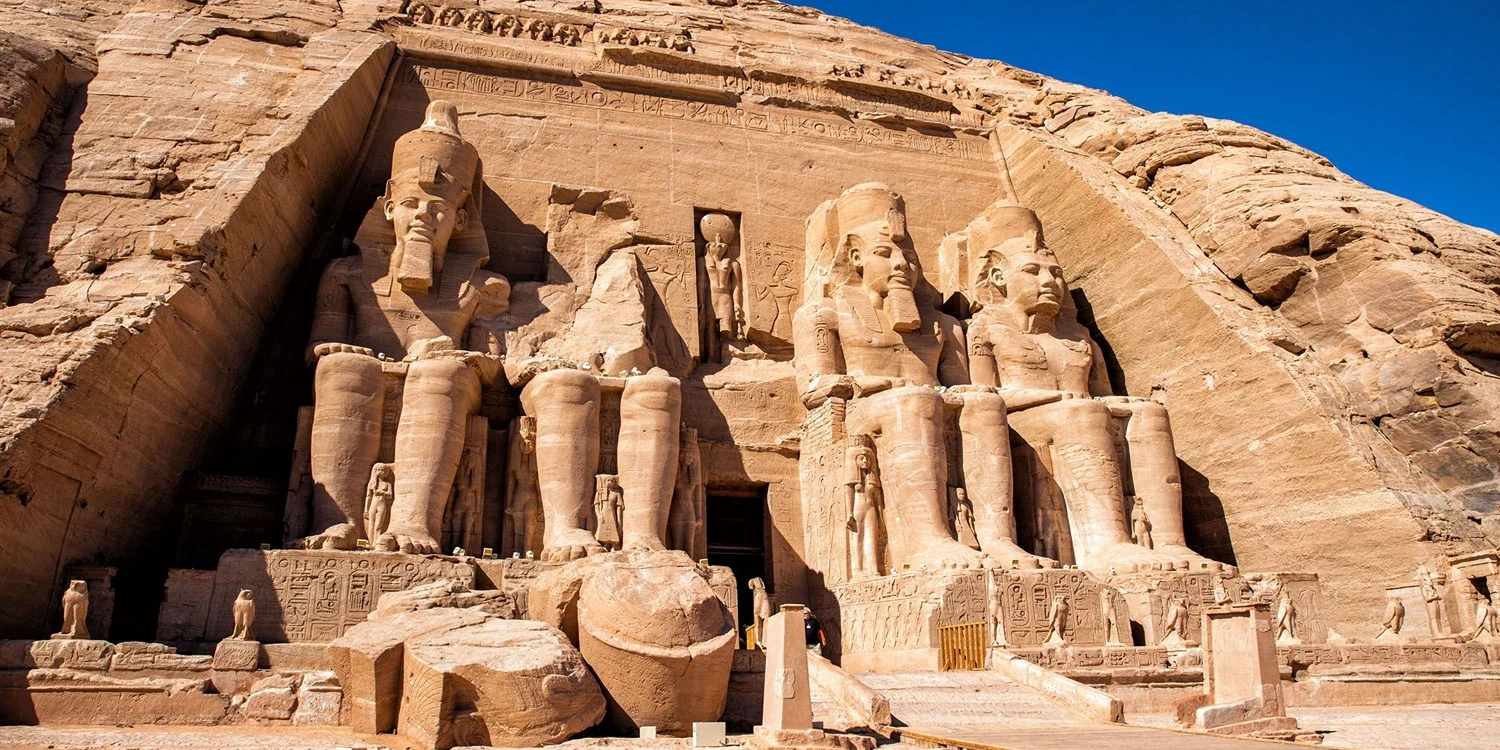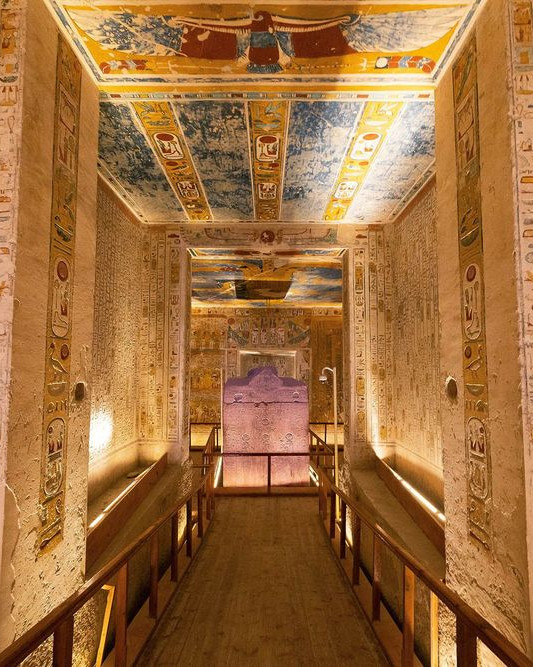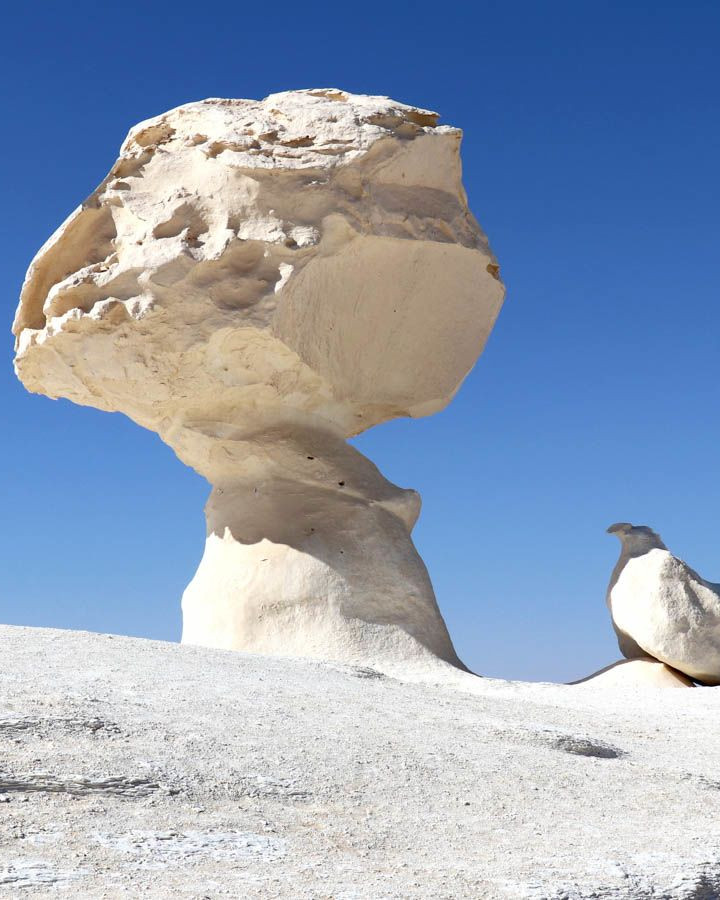Could the towering statues of Ramses II have remained hidden beneath layers of sand for centuries? The Temples of Abu Simbel, constructed in the 13th century BCE by the ambitious Pharaoh Ramses II, stood as silent witnesses to ancient Egypt’s grandeur until their rediscovery in 1813. These monumental structures, carved directly from the rock, were intended to immortalize Ramses II’s triumph at the Battle of Kadesh and to honor the goddess Hathor. Now recognized as a UNESCO World Heritage Site, Abu Simbel’s historical and cultural significance continues to captivate visitors and historians alike. Dive into the next sections to uncover the intricate details and enduring legacy of these awe-inspiring temples.
Historical Significance of the Temples of Abu Simbel
The temples of Abu Simbel were constructed by Pharaoh Ramses II in the 13th century BCE. They were built to commemorate his victory at the Battle of Kadesh in 1274 BCE and to honor the goddess Hathor. The grandeur of these temples epitomizes the architectural prowess and religious devotion of ancient Egypt.
Rediscovered in 1813 by Swiss adventurer Johann Ludwig Burckhardt, the temples had been forgotten and half-buried by sand. Their rediscovery reignited global interest in ancient Egyptian history and culture. The temples feature colossal statues and intricate carvings that depict Ramses II’s military triumphs, religious rituals, and divine associations. These elements provide invaluable insights into the political and spiritual life of ancient Egypt.
Today, Abu Simbel is recognized as a UNESCO World Heritage Site, underscoring its historical and cultural significance. This designation helps to preserve the temples and ensures that their legacy endures for future generations.
Architectural Marvels: The Great and Small Temples
The Great Temple of Abu Simbel boasts an imposing facade with a single entrance flanked by four colossal statues of Ramses II, each standing at an impressive 20 meters high. These statues serve as a powerful testament to Ramses II’s authority and divine status. The facade also features smaller statues representing his queen, Nefertari, and their children, showcasing the royal family’s prominence. The entrance leads to a series of halls and chambers adorned with intricate carvings and inscriptions that depict various deities and Ramses II’s military triumphs, including scenes from the Battle of Kadesh.
The Small Temple, dedicated to the goddess Hathor and Ramses II’s wife, Nefertari, is equally significant. This dedication marks the second instance in ancient Egyptian history where a temple was built in honor of a queen, emphasizing Nefertari’s esteemed position. The temple’s facade features six statues, four of Ramses II and two of Nefertari, each standing about 10 meters high. The smaller scale of the statues compared to the Great Temple does not diminish their grandeur and artistic excellence.
- Colossal statues of Ramses II
- Smaller statues of Nefertari and children
- Detailed interior carvings
- Unique dedication to Hathor and Nefertari
- Representation of Ramses’ military victories
Inside the Great Temple, the walls are adorned with detailed carvings and sculptures that illustrate Ramses II’s divine and royal stature. The sanctum contains a statue of Ramses as Amun, symbolizing his deification. Various scenes depict Ramses making offerings to the gods, further emphasizing his role as a mediator between the divine and the mortal realms.
The interior of the Small Temple is no less impressive, featuring scenes that highlight Nefertari’s divine association. Carvings show her performing rituals alongside Hathor, underscoring her revered status. The artistic elements within both temples offer profound insights into the religious and political landscape of ancient Egypt, making them invaluable treasures of historical and cultural heritage.
The Relocation of Abu Simbel: An Engineering Feat
The construction of the Aswan High Dam posed a significant threat to the Temples of Abu Simbel, as the rising waters of Lake Nasser would have submerged these ancient wonders. Recognizing the urgency, an international campaign led by UNESCO was launched to save the temples. This monumental task required meticulous planning, with the goal of preserving both the structural integrity and historical significance of the site.
From November 1963 to September 1968, engineers employed innovative techniques to relocate the temples. The process involved sawing the temples into thousands of blocks, each weighing between 20 to 30 tons. These blocks were then carefully transported to a new location 65 meters higher and 200 meters back from the original site. The temples were meticulously reassembled to maintain their alignment with the sun, ensuring that the twice-yearly solar phenomenon still occurred.
| Timeline | Key Milestones |
| November 1963 | Start of relocation project |
| March 1964 | Sawing of temple blocks begins |
| June 1966 | Completion of block transportation |
| September 1968 | Reassembly of temples completed |
The successful relocation of Abu Simbel stands as a testament to global cooperation and engineering ingenuity. This project not only preserved a significant piece of ancient Egyptian history but also set a precedent for future endeavors in cultural heritage preservation. The relocation effort highlighted the importance of preserving our shared human history, ensuring that the Temples of Abu Simbel continue to inspire and educate generations to come.
Visitor Guide to the Temples of Abu Simbel
Visitors can reach Abu Simbel by either flying or traveling by bus from Aswan. Licensed operators must be used to pass through security checkpoints, ensuring a safe journey. The bus journey from Aswan takes approximately three hours, starting early in the morning, providing a scenic view of the desert landscape.
The best times to visit Abu Simbel are early in the morning or late in the afternoon to avoid the peak heat and crowds. The temples open at sunrise, and early visitors can enjoy the serene ambiance and better lighting for photography. Expect to spend around two to three hours exploring the site, including the interiors of both the Great and Small Temples.
- Travel early to avoid crowds
- Bring a travel pillow for the bus ride
- Dress comfortably for the desert climate
- Consider a guided tour
- Stay hydrated
- Explore the site thoroughly
Guided tours are highly recommended for a comprehensive historical insight into the temples. Knowledgeable guides can provide detailed explanations of the carvings, sculptures, and historical events depicted within the temples, enhancing the visitor experience.
For seamless travel planning, consider using Xpat Journeys, which specializes in organizing trips to historical sites like Abu Simbel. They offer packages that include transportation, guided tours, and additional amenities to ensure a hassle-free visit.
Intricacies Inside the Temples
The sanctum of the Great Temple at Abu Simbel holds a barge with a statue of Ramses II depicted as Amun, symbolizing his deification. This sacred space underscores Ramses’ divine status, aligning him with the gods and reinforcing his authority. The sanctum’s design and symbolism were carefully crafted to emphasize the Pharaoh’s elevated stature in both the mortal and divine realms.
The interior walls of the Great Temple are adorned with detailed carvings that illustrate Ramses II’s military victories, most notably the Battle of Kadesh. These carvings not only celebrate his prowess as a warrior king but also serve as historical records of significant events. The scenes depict Ramses in various heroic poses, often shown larger than life, dominating his enemies and offering tributes to the gods. These artistic representations provide a vivid glimpse into the grandeur and power of Ramses’ reign, as well as the artistic sophistication of ancient Egyptian craftsmen.
The smaller temple, dedicated to the goddess Hathor and Ramses’ wife, Nefertari, contains scenes that highlight Nefertari’s divine association. Inside, carvings show Nefertari performing rituals and being depicted as a goddess herself, often in the company of Hathor. These scenes elevate Nefertari’s status and illustrate the reverence she commanded, both as a queen and a divine figure. The artistic elements within the smaller temple are equally meticulous, offering insights into the religious and cultural significance of Nefertari’s role in ancient Egyptian society.
Final Words
From the temples’ construction by Ramses II to their rediscovery by Johann Ludwig Burckhardt, the Temples of Abu Simbel have a rich history that culminated in their designation as a UNESCO World Heritage Site.
Architectural marvels such as the colossal statues of Ramses II and intricate interior carvings highlight their cultural significance.
The relocation due to the Aswan High Dam construction showcases an impressive engineering feat.
For visitors, practical travel tips ensure a smooth visit to these historic sites.
Experiencing the Temples of Abu Simbel offers a profound connection to ancient Egypt’s legacy.
Top Attractions
Why did the ancient Egyptians choose a secluded desert…
Imagine a place where the landscape is otherworldly, with…
Are the Great Pyramids of Giza merely monumental tombs, or…





